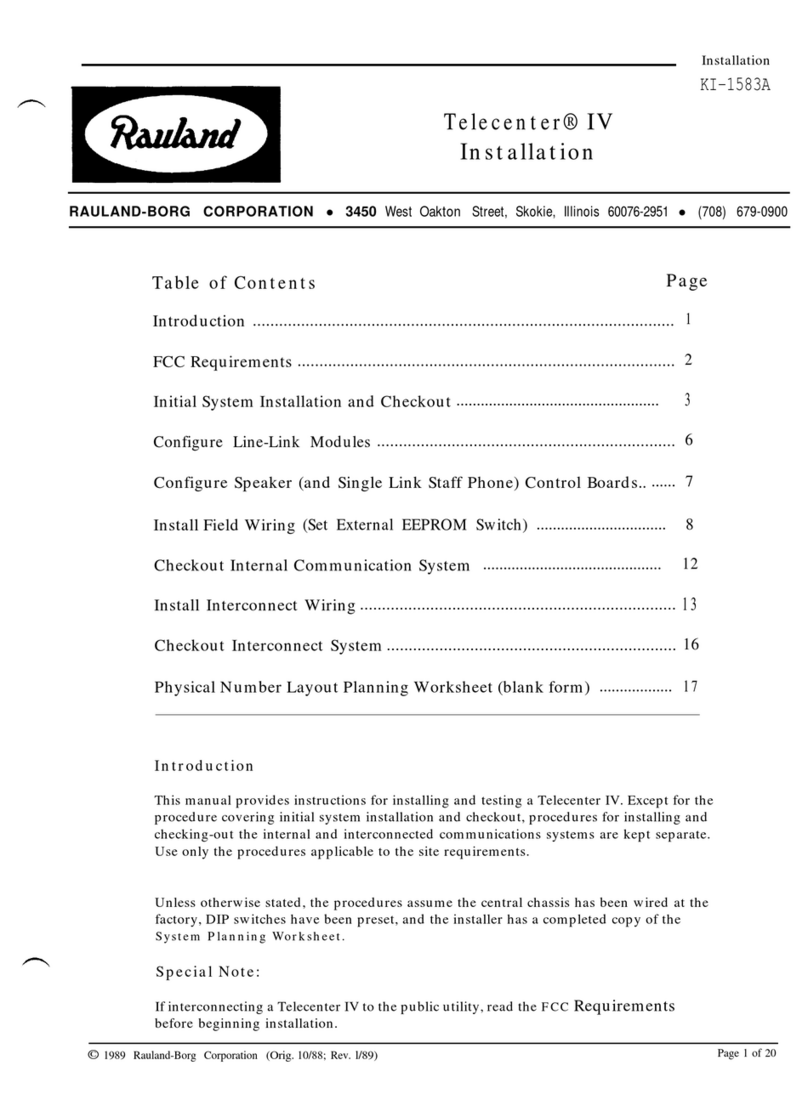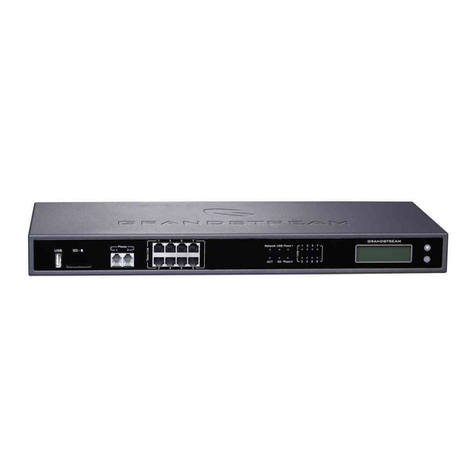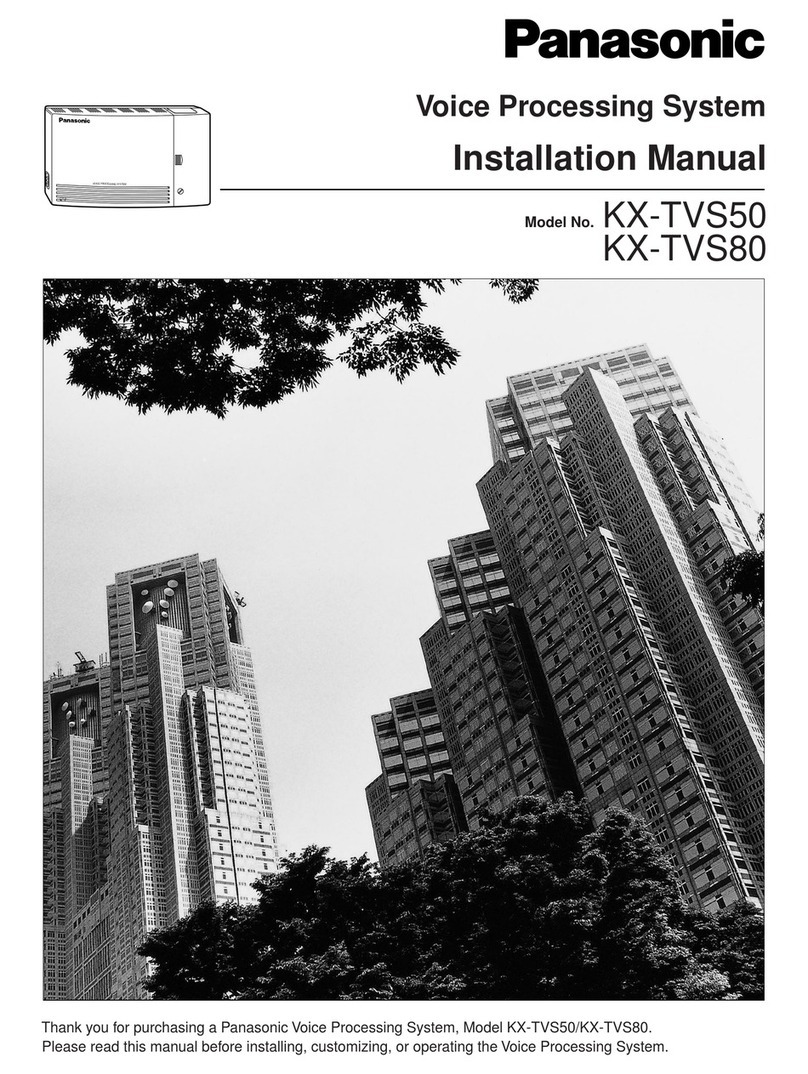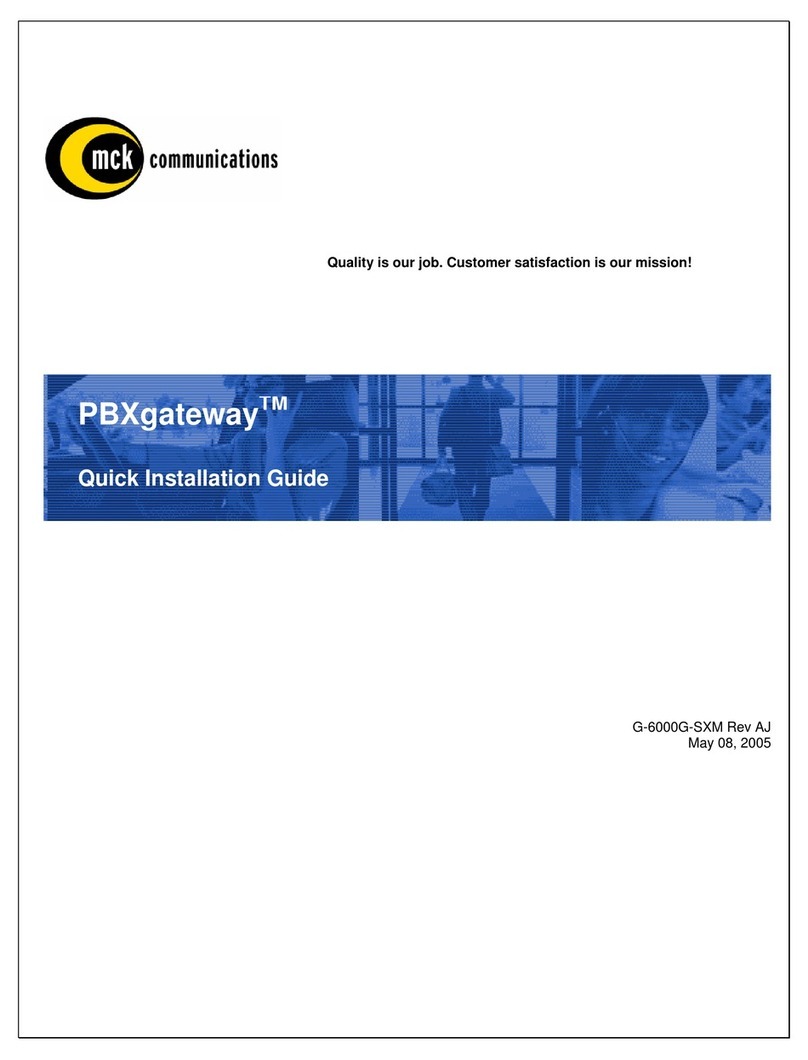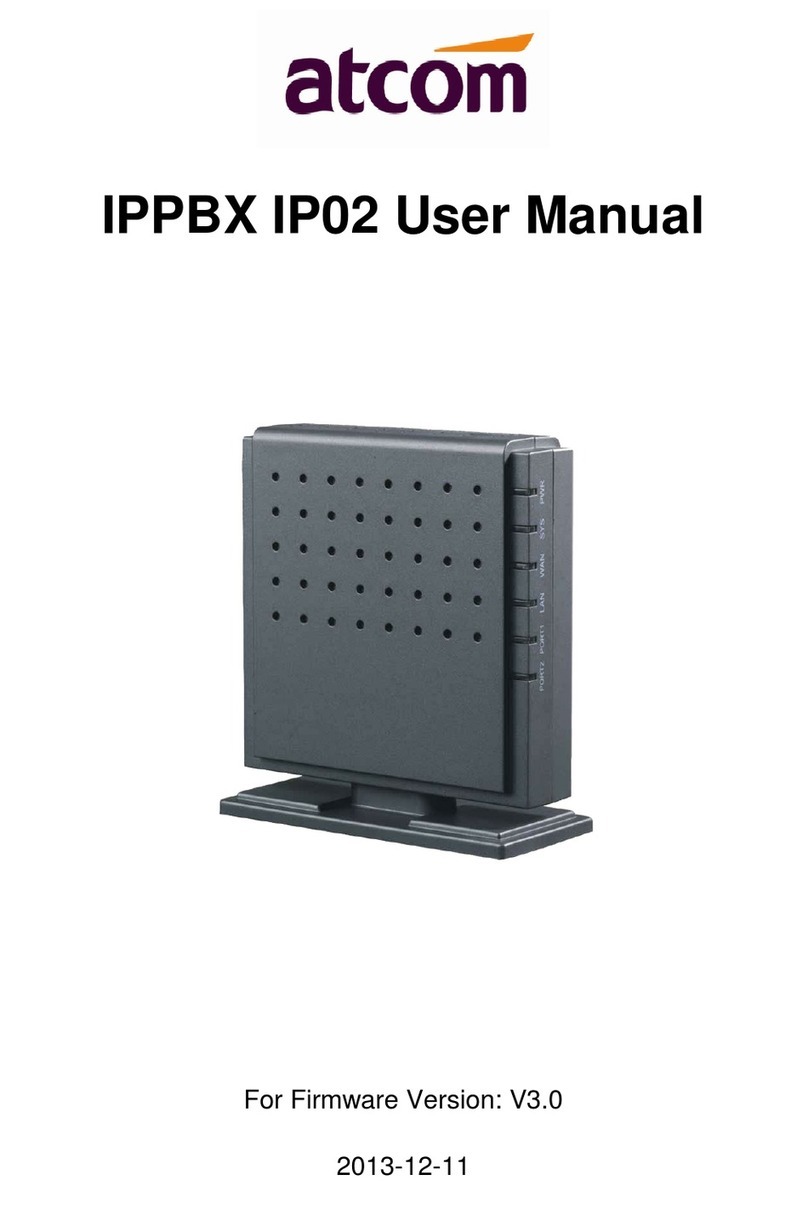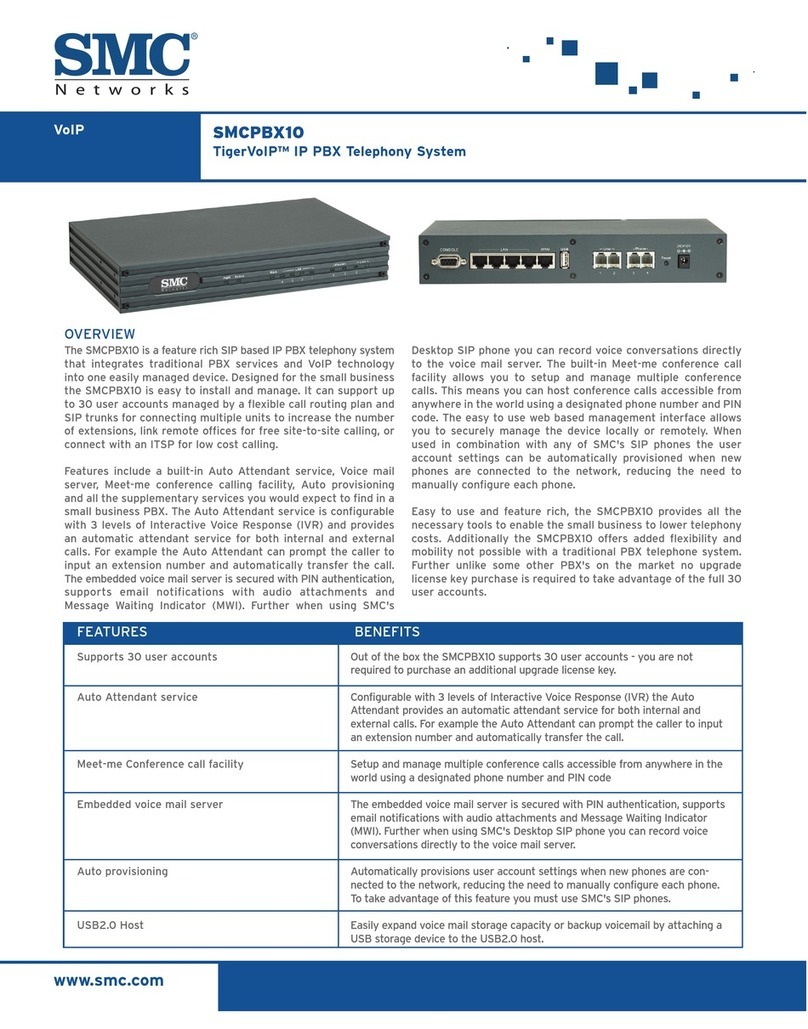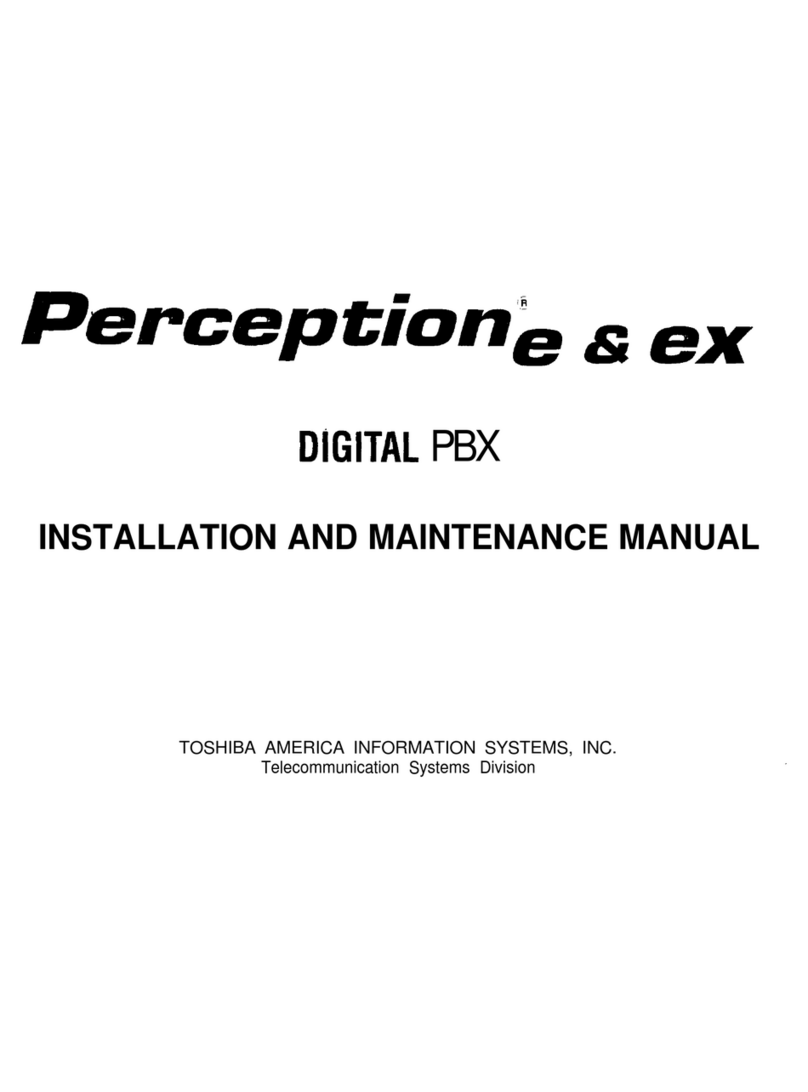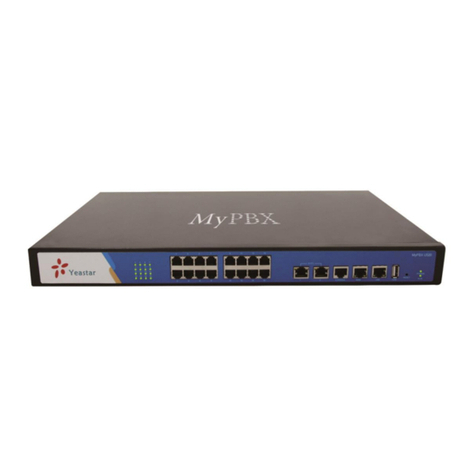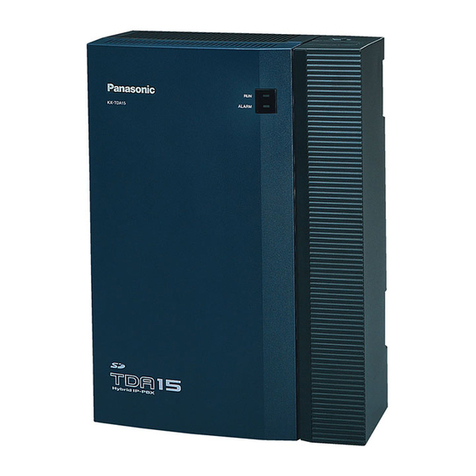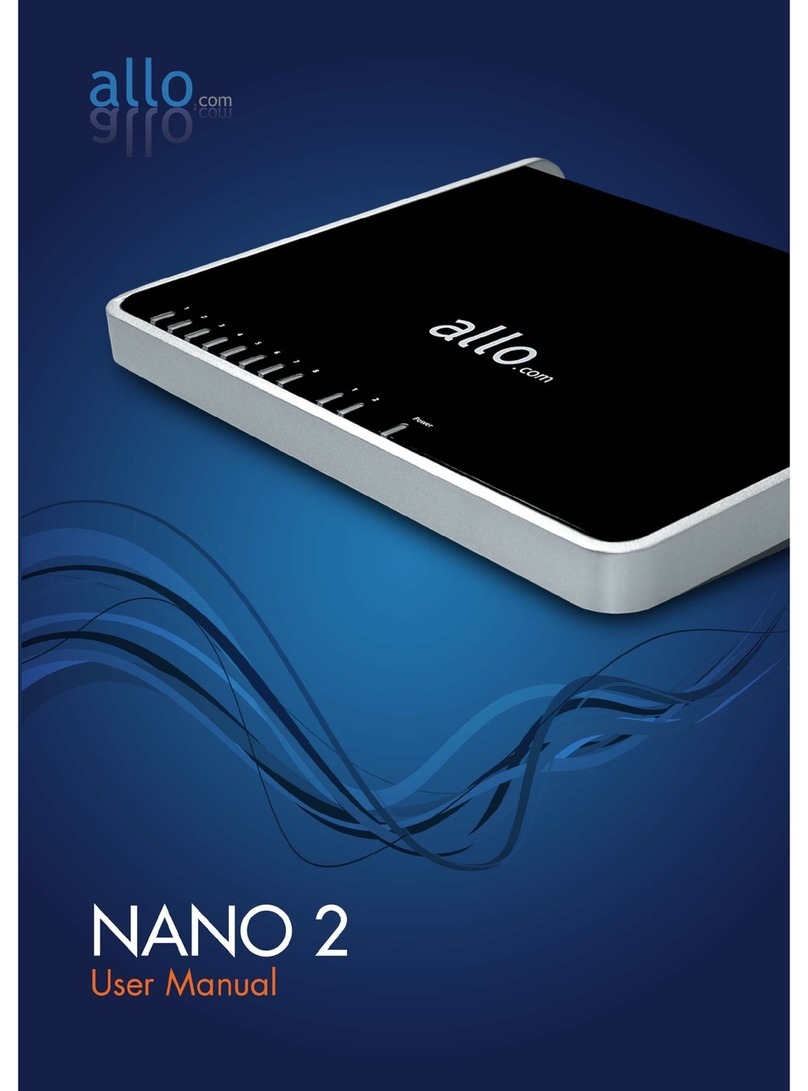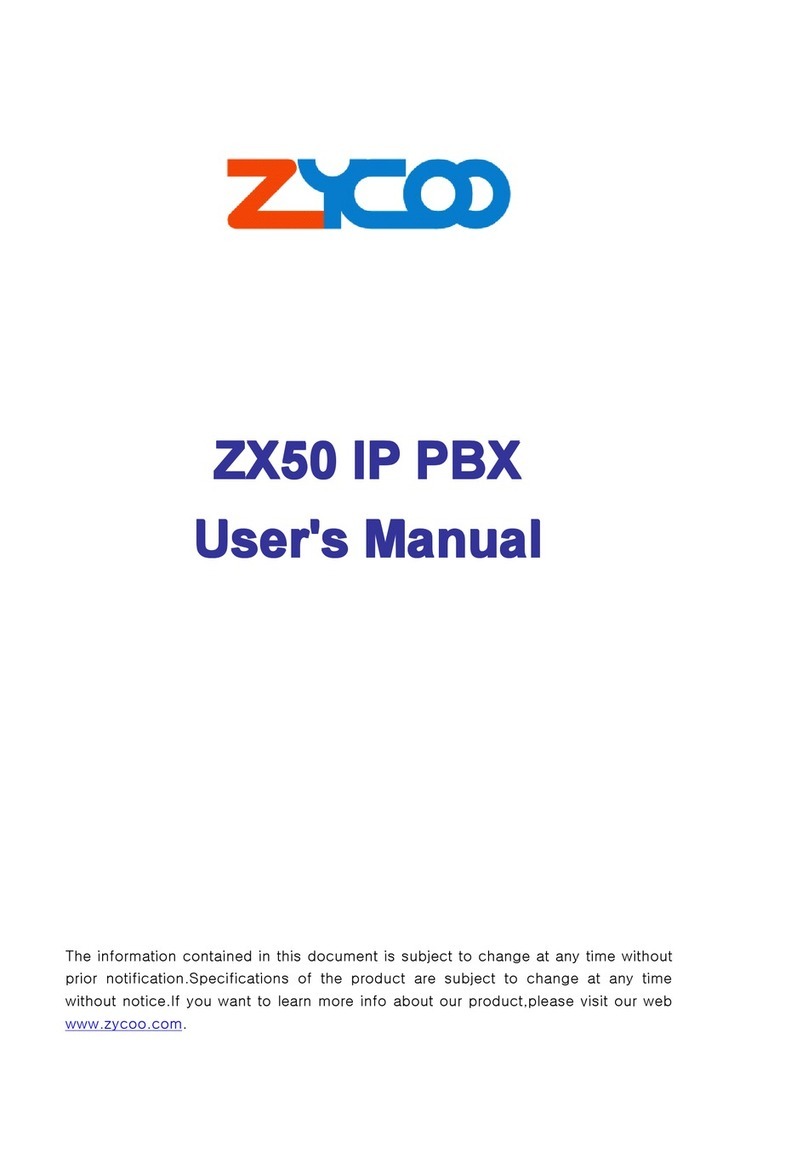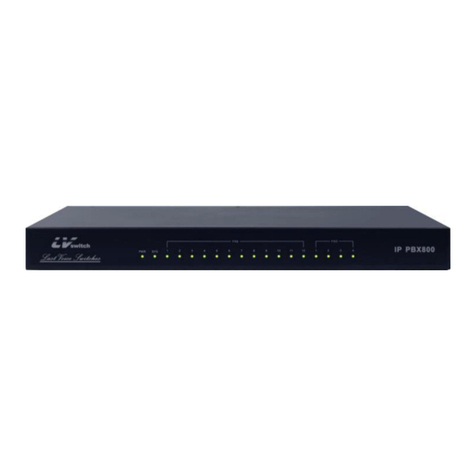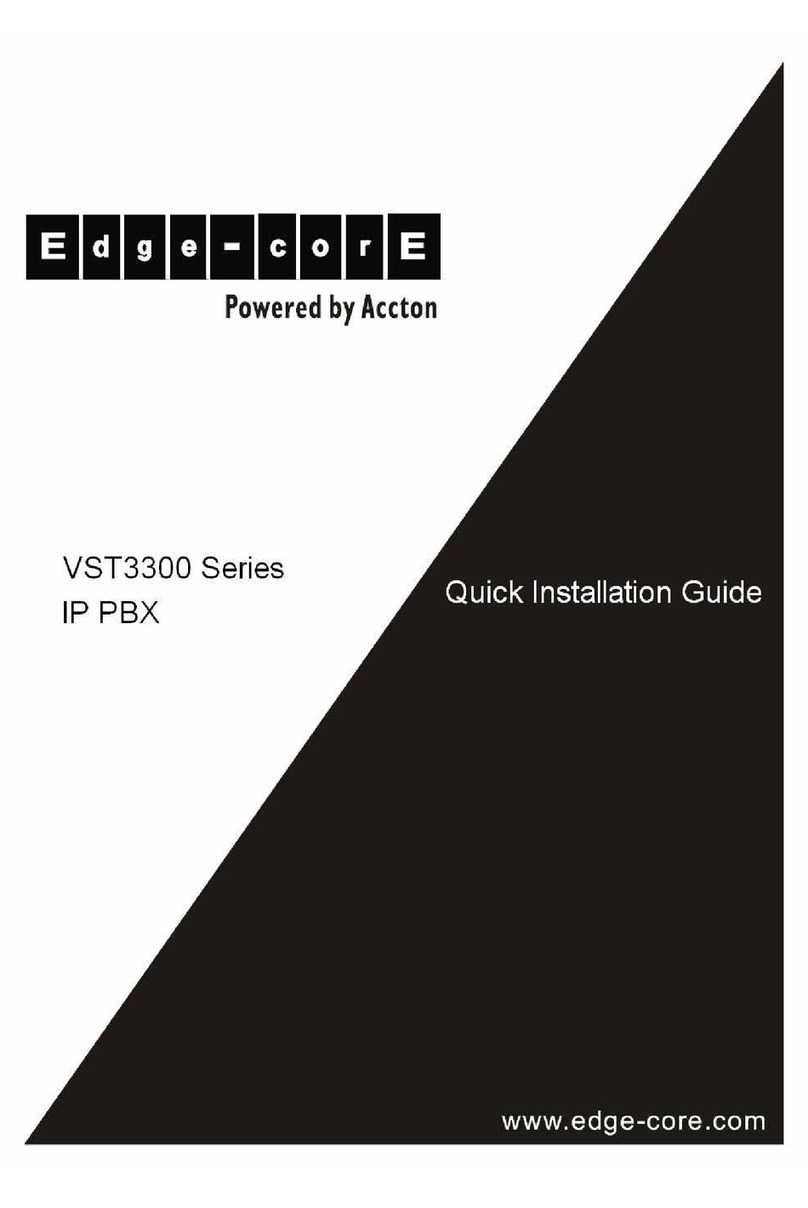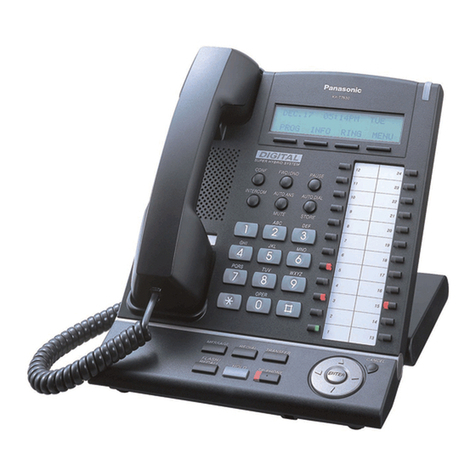
4DS1375-020E
11.21.1 IperCom Lines........................................................................................................................ 61
11.21.2 Simultaneous calls on IperCom trunks .................................................................................. 62
11.21.3 Creating an inbound routing rule ........................................................................................... 52
11.21.4 Enabling the Ipercom Network .............................................................................................. 63
12. SYSTEM CONFIGURATION ........................................................................................................................... 65
12.1 INBOUND ROUTING........................................................................................................................... 65
12.2 OUTBOUND ROUTING....................................................................................................................... 66
12.3 PROFILE CALENDAR ......................................................................................................................... 67
12.4 BLACKLIST ......................................................................................................................................... 67
12.5 APPLICATIONS................................................................................................................................... 68
12.5.1 Multi-company service (ITM)................................................................................................... 68
12.5.2 Voicemails (VMAIL / Consultation).......................................................................................... 72
12.5.3 Operator station (POA) installation.......................................................................................... 74
12.6 GROUP MANAGEMENT ..................................................................................................................... 75
12.7 SOFTWARE UPDATE.......................................................................................................................... 76
12.7.1 Device rmware loca update via myTalk interface ................................................................. 77
12.8 FIAS PROTOCOL INTEGRATION MODULE ....................................................................................... 78
12.9 ADVANCED CONFIGURATIONS ........................................................................................................ 78
12.9.1 Extensions............................................................................................................................... 79
12.9.1.1 Gateway conguration ......................................................................................................... 79
12.9.1.2 Analogue user terminal support, IP/SIP, THIRD-PARTY software ...................................... 80
12.9.2 Lines........................................................................................................................................ 82
12.9.2.1 Overow on line trunks ........................................................................................................ 83
12.9.2.2 Trunk mapping ..................................................................................................................... 83
12.9.2.3 VOIP Lines ........................................................................................................................... 84
12.9.2.3.1 VOIP Lines for URMET gateway ....................................................................................... 84
12.9.2.3.2 Ipercom Lines ................................................................................................................... 86
12.9.2.3.3 VOIP provider lines ........................................................................................................... 86
12.9.2.3.4 Trunk lines (VoIP Junction)................................................................................................ 87
12.9.3 Line trunks .............................................................................................................................. 88
12.9.4 System setting ........................................................................................................................ 88
12.9.4.1 System................................................................................................................................. 88
12.9.4.2 Network - Telephone network.............................................................................................. 89
12.9.4.3 Network - WAN .................................................................................................................... 89
12.9.4.4 Remote connections via VPN Tunnel................................................................................... 90
12.9.4.4.1 Remote oces via VPN Tunnel......................................................................................... 90
12.9.4.5 Date and time....................................................................................................................... 91
12.9.4.6 Licenses ............................................................................................................................... 91
12.9.5 System maintenance............................................................................................................... 91
12.10 AUTOMATIC OPERATOR STATION .................................................................................................. 92
12.10.1 Internal call management...................................................................................................... 92
12.10.2 Inbound call management .................................................................................................... 92
12.10.3 Alarm clock ........................................................................................................................... 93
12.11 BILLING CALLS .................................................................................................................................. 93
12.12 CDR (CALL RECORD)......................................................................................................................... 94
12.13 BACKUP/RESTORE OF THE CONFIGURATION FROM WEB INTERFACE ....................................... 95
12.14 SPEED DIAL........................................................................................................................................ 95
12.15 EXTENSION MANAGEMENT .............................................................................................................. 96
12.16 EXTENSION REGISTRY...................................................................................................................... 97
13. SAFETY ......................................................................................................................................................... 97
13.1 REPLACING THE BATTERY ............................................................................................................... 97
